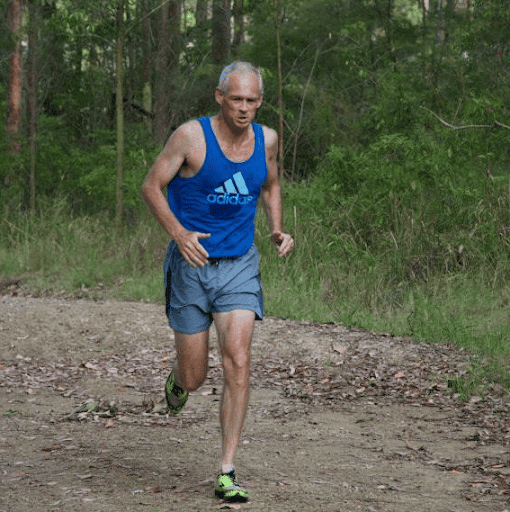For those who’ve reached the milestone of 50 and beyond, the world of running takes on a unique blend of allure and caution. While it’s no secret that the risk of injuries tends to escalate with age, there’s no need to bid farewell to your running ambitions. By adopting prudent measures, you can continue to relish the joys of jogging well into your 80s and beyond, ensuring a vibrant and active lifestyle. Victorious runs are possible if you have the best shoes, check out Tarkine Goshawk V2 running shoes.

A seminal study exploring “masters runners,” those aged 35 and above, underscores the positive impact of running in mitigating the inevitable age-related decline in aerobic capacity and muscle strength. Yet, the march of time introduces its own set of complexities. Individuals over 50 demonstrate an increased vulnerability to running-related injuries, with particular attention directed at the hamstring, calf, and Achilles tendon, as documented in the 2019 edition of Sports Medicine and Arthroscopy Review.
Professor Philip Conaghan, an authority in musculoskeletal medicine at the University of Leeds, underscores the fact that the odds of incurring running-related injuries hover around 50 percent annually, with this risk amplifying as one advance in years. This susceptibility arises from the natural wear-and-tear experienced by aging bodies, coupled with the unfortunate neglect of strength and balance training among recreational runners.
An often-overlooked aspect among runners is the neglect of the upper body, which leaves them exposed to upper-body injuries in the event of a fall. This concern is particularly pronounced among older women, as the decline in estrogen levels during menopause can pave the way for bone thinning, increasing the likelihood of fractures.
Changes in muscle composition and movement patterns as a result of aging contribute to the risk of injuries. Over time, our muscles atrophy, with thigh muscles losing efficiency in lifting each leg, and calf muscles offering diminished propulsion. This culminates in a stiffer gait and shorter strides, raising the risk of stumbling. Over a lifetime, a runner’s stride length diminishes by a significant 20 percent, and ankle power, essential for propelling during runs, can decline by as much as 47.9 percent.
Another factor contributing to injury susceptibility among older runners is the loss of fast-twitch muscle fibers, hampering their ability to respond swiftly to obstacles. Aging also has repercussions on balance, with diminishing eyesight and declining sensory feedback from joints in the ankles, knees, spine, and neck collectively undermining one’s equilibrium. These factors collectively impact balance and the capacity to promptly adapt gait, stride, and foot placement while navigating uneven terrain.
Tripping, however, is only part of the equation. A comprehensive review published in the Journal of Sport and Health Science in 2021 has identified prior injuries as the primary risk factor for subsequent injuries, particularly among older runners with limited running experience. Hidden joint issues, including incipient osteoarthritis, can be unveiled by the repetitive ground impact of running.
Additional factors exacerbate injury risk, such as excessive body weight, a sedentary lifestyle, or an imbalanced gait due to pain or past injuries. Muscles are composed of both fast-twitch and slow-twitch fibers, and the aging process impacts fast-twitch fibers more significantly due to their susceptibility to oxidative stress, hastening their degeneration compared to their slow-twitch counterparts.
View this post on Instagram
In conclusion, while advancing age may introduce fresh challenges to runners, it doesn’t need to signal the end of your running journey. By prioritizing strength training, equilibrium exercises, and overall well-being, you can continue to savor the benefits of running well into your golden years. Remember, the key to preventing injuries lies not only in your stride but also in the proactive measures you take to safeguard and fortify your body for the road ahead.